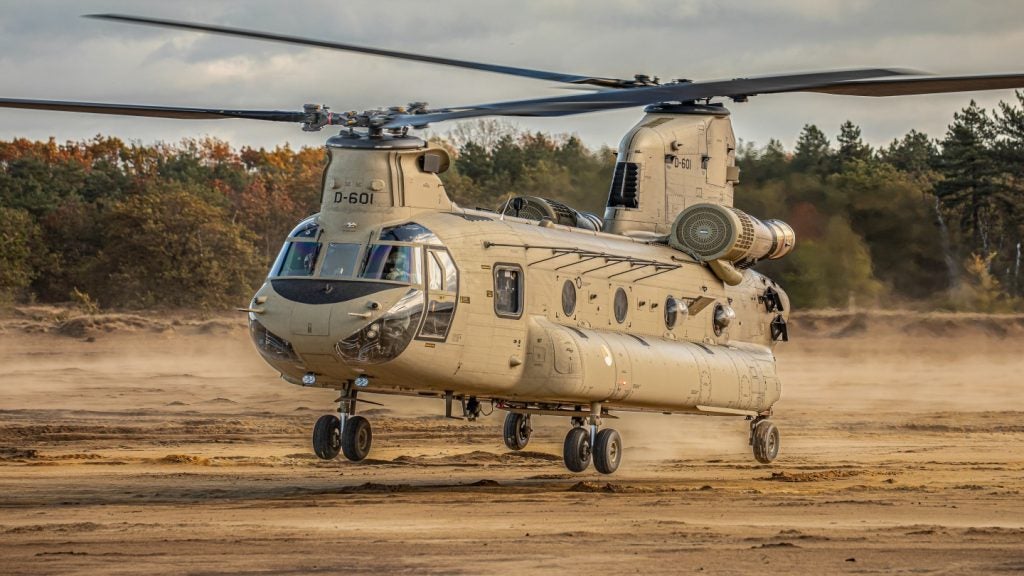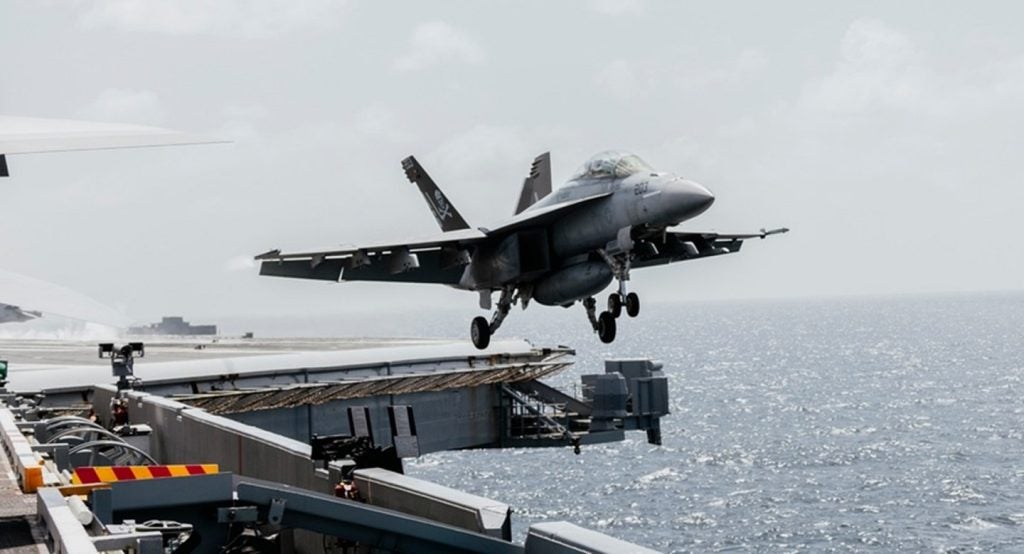Military flight simulator companies and solutions: Introduction
In the realm of defence and aerospace, military flight are a critical component of the rigorous pilot training process, mission rehearsal, and tactical awareness.
With the stakes as high as the skies they simulate, military organisations and defence contractors are perpetually in search of the best military flight simulator solutions.
Buyers are looking for military flight simulators that offer unparalleled realism, sophisticated technology, and cost-effective training.
Our expert buyer’s guide has been compiled with a range of valuable information for those looking to find military flight simulator companies and solutions.
Our content focuses on what buyers should look for and the latest advancements in the field, as well as all information that can help lead to informed decisions during the procurement process.
See Also:
Understanding military flight simulator requirements
When searching for military flight simulators, prospective buyers are typically concerned with several key factors.
These include the fidelity of the simulation, the range of flight simulator military aircraft available, the adaptability to various training scenarios, and the after-sales support and upgrade capabilities of the company.
High-fidelity simulations are crucial for effective training, as they replicate the physical and psychological conditions of real-world operations.
This includes accurate modelling of flight dynamics, environmental conditions, and potential threat scenarios.
Additionally, the ability to simulate a wide array of flight simulator military jets ensures that pilots receive comprehensive training across different aircraft types.
Key considerations: Selecting the best military flight simulator solutions
As a rule, the best military flight simulators are those that can seamlessly integrate with existing training programs, offering modularity and scalability.
Military jet flight simulator solutions should also provide robust debriefing tools to analyse performance and identify areas for improvement.
Furthermore, with the rapid pace of technological advancements, military organisations prioritise solutions that can be updated to incorporate new systems and threats.
Industry-leading military flight simulator systems and solutions
With a wide range of possible systems or solutions related to military flight simulator companies on offer, the selection process can be complex.
Some of the current industry-leading solutions that buyers should consider include, but are not restricted to:
- Lockheed Martin‘s Prepar3D®
- Boeing‘s Constant Resolution Visual System (CRVS)
- CAE‘s Defence & Security simulators
- L3Harris’ RealitySeven Full Flight Simulators
- Thales‘ Full Flight Simulators (FFS) and Full Mission Simulators (FMS)
- FlightSafety International’s Military Simulation and Training
- Raytheon’s Synthetic Training Environment (STE)
- BAE Systems‘ Hawk Integrated Synthetic Training
- Saab‘s Gripen E/F Simulator
- Elbit Systems‘ SkyBreaker™ Mission Training Center
- Leonardo‘s Helicopter Training Systems
- Northrop Grumman‘s Integrated Air and Missile Defense Battle Command System (IBCS) training solutions
- Rheinmetall‘s ASTERION Simulation Platform
- Indra’s Flight Simulators for Military Aircraft
- Textron Systems’ Aircrew Training Systems
Latest technological advances
In the current landscape, military flight simulator companies are pushing the boundaries of innovation to deliver more effective training tools.
Some of the more recent and relevant include, but are not limited to:
- Virtual reality (VR) and augmented reality (AR) are being integrated to create immersive training environments.
- Artificial intelligence (AI) is also being employed to generate dynamic, unpredictable scenarios that adapt to the pilot’s actions, enhancing decision-making skills under pressure.
- Use of networked simulators, allowing for joint training exercises across different geographical locations.
These advancements not only foster interoperability among allied forces but also reduce the logistical challenges associated with large-scale training operations.
Military flight simulator companies and solutions: Our conclusion
In conclusion, when searching for military flight simulator companies and solutions, it is imperative to consider the fidelity of the simulation, the diversity of aircraft and scenarios, and the future-proofing of the technology.
The companies and solutions listed above represent the forefront of military simulation technology, each contributing to the preparedness and proficiency of military aviators worldwide.






